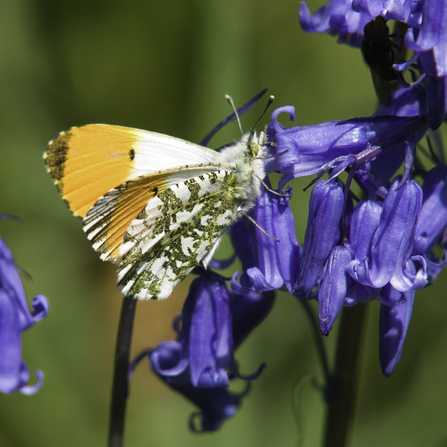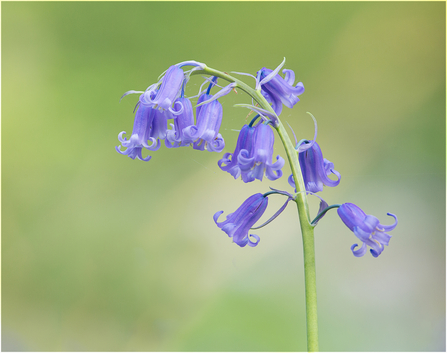Worcestershire is carpeted with bluebells once again but whilst many people head to woodlands, I prefer to search out these delicate flowers along roads, hedgerows and ditches - this is where they speak of landscapes past.
You may have heard a rumour that you estimate how old a hedge is by counting how many species it contains - allegedly it's one species per 100 years. Well, there's some truth in this but it's not an exact science. If there are bluebells along its base, however, you can be reasonably sure that the hedge and its wildflower bottom is all that remains of a much more wooded landscape. Whether on foot or by car, on my travels through our beautiful county, I often pass banks, verges, hedgerows and ditches that are lined with bluebells.




